Murals of Vodnjan
Maze-like streets filled with vibrant murals draw visitors to this Istrian town.
The peninsula of Istria in the Adriatic Sea is special. With a Mediterranean climate, it has long been known as an excellent place to grow typical produce like figs, pomegranates, and, perhaps most important of all, olives. Most of its territory is part of Croatia, but the peninsula is also home to the entirety of Slovenia’s small coastline and parts of Italy, including Trieste.
It could be seen as something of a crossroads between Southern and Eastern Europe, two regions that are often seen as quite distinct. But there is much shared history and culture here, from the Roman Empire to the common ingredients in their cuisines. Both regions also have some of the fastest-shrinking populations in the world.
Europe as a whole trends towards depopulation, despite growing immigration. This trend is especially strong in Southern and Eastern Europe, which, along with several East Asian countries, have some of the world’s lowest birth rates. Many of these shrinking settlements worry for their economic and literal futures. Small towns have been hit particularly hard—not only do they have fewer people in total, but many of the younger residents tend to move out of those small towns in favor of larger cities.
Stories of abandoned towns abound, as do those of seemingly desperate attempts to incentivize new residents through cheap property or exceptional benefits for families with babies and young children. Some towns have given up on new inhabitants and instead focus on tourism to at least share their culture and keep the economy alive for a while longer.
A fairly popular way of doing this has been to become open-air galleries where traditional architecture offers a contrast to modern street art. The trend seems to have started in 2014 in Civitacampomarano, Italy, and has taken hold in other European towns like Barrenta, Portugal, and Fanzara, Spain, as well as in other parts of the world struggling with shrinking populations, like Tongyeong, South Korea.
In comparison to these locations, some of which have less than 100 remaining residents, Vodnjan’s municipal population seems positively healthy—as of the 2021 census, there were more than 5,800 residents. But a decade earlier, there were more than 6,000 residents, and the fear of a shrinking population hangs over the town.
Vodnjan, given its Istrian location, is also known co-officially by the Italian name of Dignano. It used to be one of Croatia’s main olive oil-producing areas. The industry, like its population, is slowly decreasing. But the Boombartstick art festival in 2015 offered a chance to incorporate Vodnjan into the art movement, and most of the murals in town date from then.
Peeling paint and chipped walls are commonplace, but some murals look newer or have been given fresh coats of paint. This seems to show that the art festival has left something of a living legacy.
Know Before You Go
The location on the map is for Vodnjan's train stop. From here, most of the town's murals are easily within walking distance.

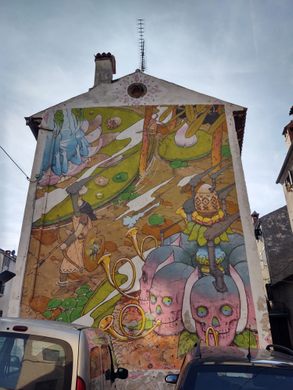
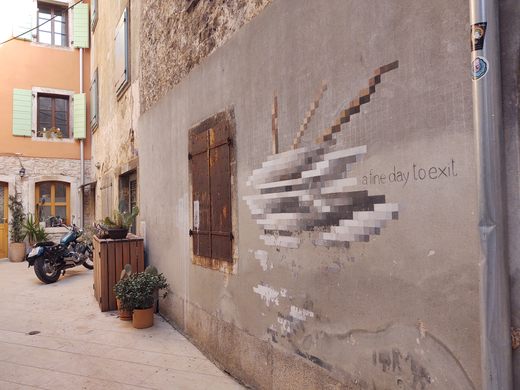
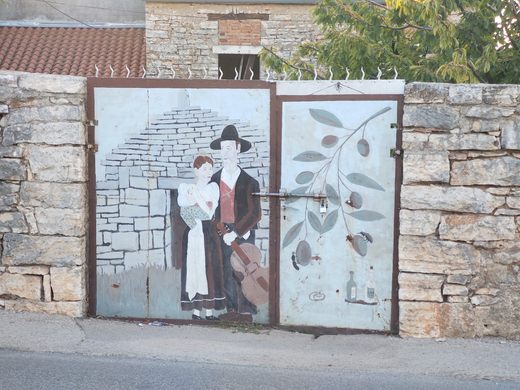
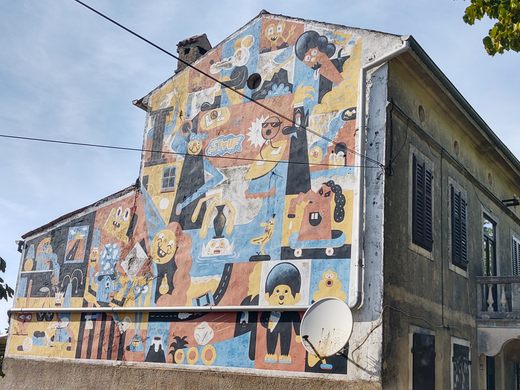
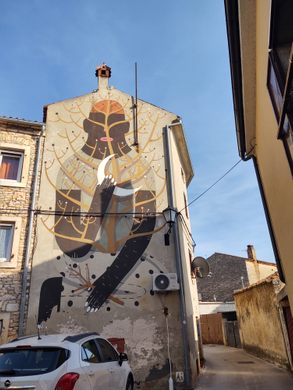

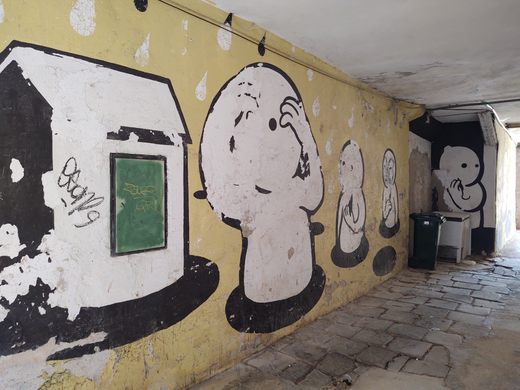

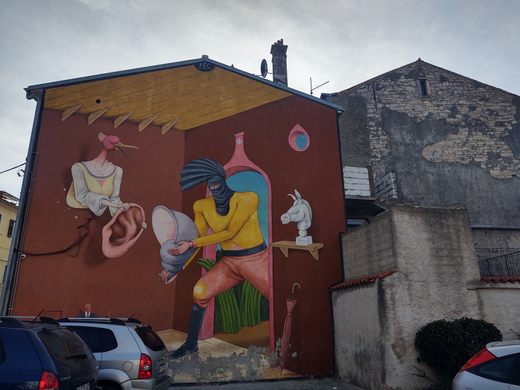
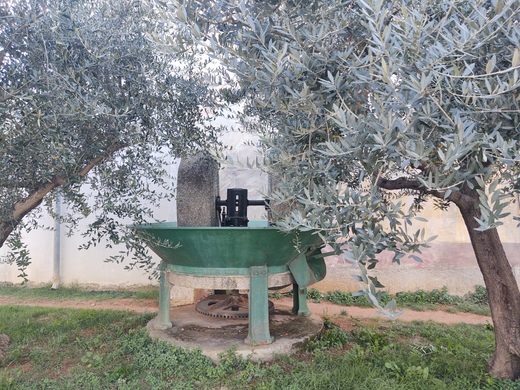





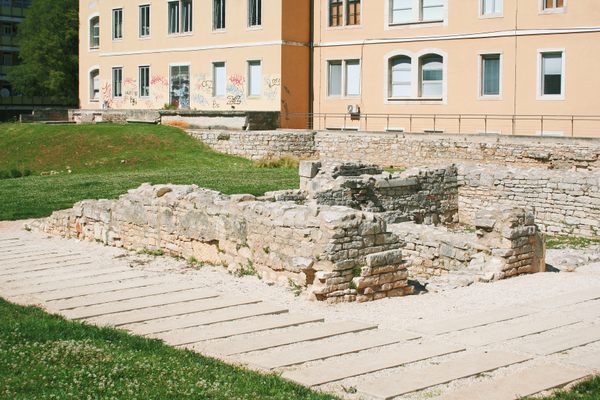
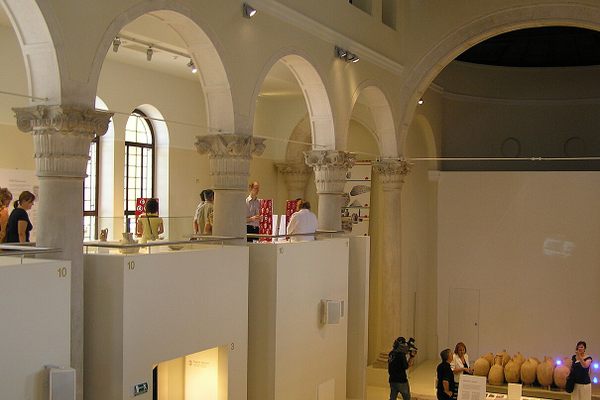
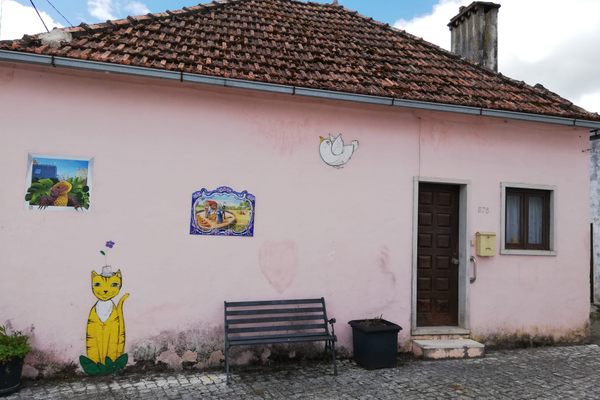

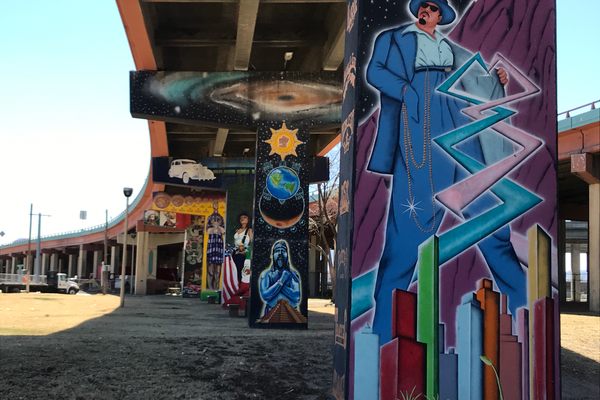
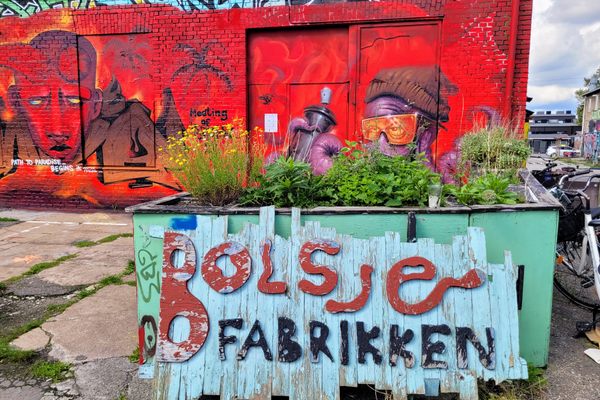

Follow us on Twitter to get the latest on the world's hidden wonders.
Like us on Facebook to get the latest on the world's hidden wonders.
Follow us on Twitter Like us on Facebook